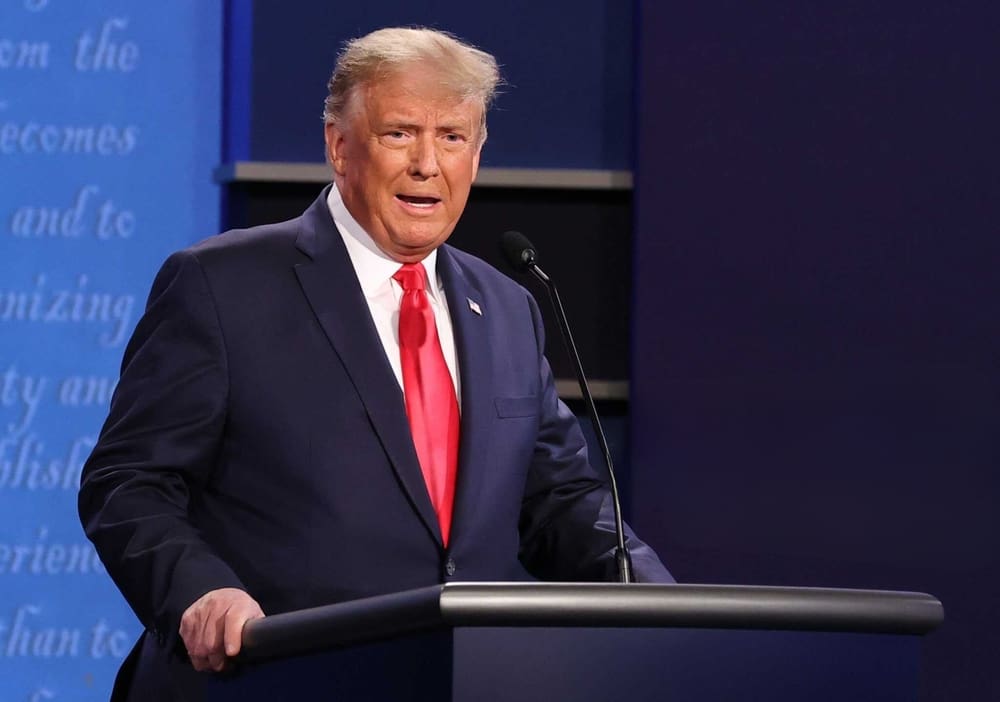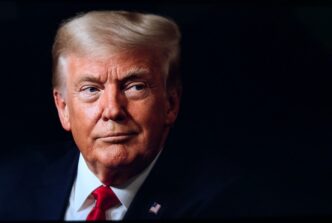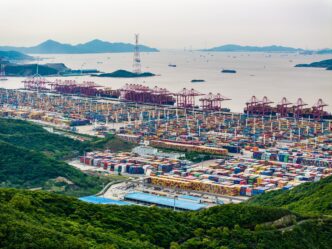The United States has announced an increase in tariff rates on Chinese goods imported into the country, with the new rate set at 125%. President Donald Trump stated that this change would take effect immediately, citing China’s perceived lack of respect for global markets as the reason for the heightened tariffs.
In response, China has declared its own increase in retaliatory tariffs on U.S. imports, raising the rate to 84%, effective Thursday. This escalation marks the latest development in the ongoing trade tensions between the two economic giants.
Additionally, President Trump has authorized a 90-day pause on tariffs for more than 75 countries that have sought to negotiate with the United States following the introduction of the ‘Liberation Day’ levies package. Treasury Secretary Scott Bessent confirmed that while the pause applies to most major trading partners, a 10% levy on nearly all global imports will remain in place.
The White House later clarified that the tariff pause excludes China and that a universal 10% tariff will be maintained during ongoing trade negotiations. This announcement had an immediate impact on global markets, with the Dow Jones index surging by 2,000 points shortly after the news broke.
The latest set of tariffs, which were announced on Tuesday night, came into effect early Wednesday morning. They include a 104% tariff on Chinese products, along with tariffs of 20% on the European Union, 24% on Japan, and 25% on South Korea. U.S. officials have attempted to reassure stakeholders that these rates are subject to negotiation, although the process may take several months.
The Bigger Picture
- The increased tariffs on Chinese goods could lead to higher prices for consumer products in the United States, affecting household budgets and spending power.
- Businesses reliant on Chinese imports may face increased costs, potentially impacting their profitability and leading to changes in supply chain strategies.
- Retaliatory tariffs by China could affect U.S. exporters, particularly in agriculture and manufacturing, leading to potential revenue losses and job impacts in those sectors.
- Global financial markets may experience increased volatility as investors react to the evolving trade landscape and its implications for economic growth.
- The tariff pause for other countries provides an opportunity to strengthen trade relationships and may lead to new trade agreements, impacting future international trade dynamics.








